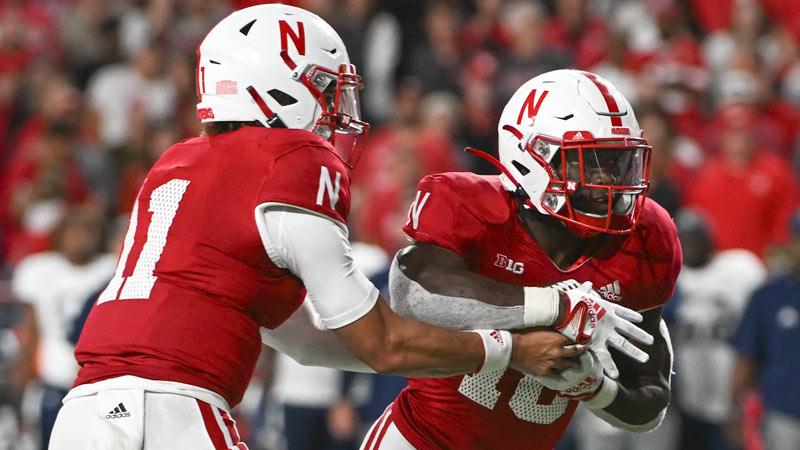In the thrilling realm of American football, where strategy, athleticism, and teamwork converge, a team’s success hinges not only on their plays but also on the careful orchestration of their roster.
The football team roster is the backbone of a winning strategy, dictating who takes the field, when they do so, and how the team adapts to challenges.
In this blog post, we delve into the intricacies of football team roster rules, shedding light on the guidelines that shape the composition, management, and impact of these vital player lists. So, stay calm and read carefully.
What Is Team Roster in Football?
A team roster in American football refers to the list of players who are officially part of a football team for a particular season. This document outlines the names, positions, jersey numbers, and other relevant information about each player.
Team rosters typically encompass a mix of various positions, such as quarterbacks, running backs, wide receivers, offensive and defensive linemen, linebackers, cornerbacks, and safeties, among others. Coaches use the roster to plan strategies, rotations, and substitutions during games.
Roster sizes can vary depending on the level of play, with professional teams having larger rosters than college or high school teams. The roster is subject to changes due to trades, injuries, and signings, allowing teams to adapt to evolving circumstances over the course of the season.
Football Team Roster Rules
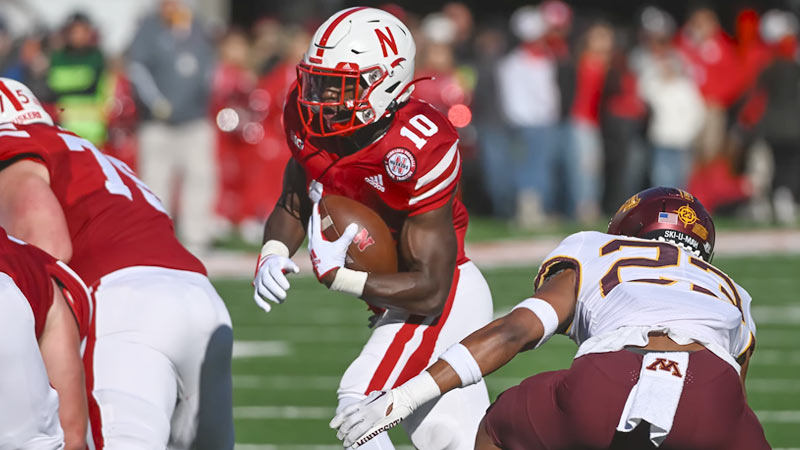
Football team roster rules can vary depending on the level of play, whether it’s professional, college, or high school football. However, there are some common principles that apply to most levels:
Total Roster Size
Different leagues and levels have varying limits on the total number of players a team can have on their roster. Professional NFL teams, for instance, have a maximum roster size of 53 players.
Positional Limits
Rosters typically have limits on the number of players that can be assigned to each position, ensuring a balanced team. For instance, there might be a cap on the number of quarterbacks, offensive linemen, defensive linemen, etc.
Active and Inactive Players
On game days, only a subset of the roster is designated as “active.” These are the players who are eligible to participate in the upcoming game. The rest of the roster is “inactive” for that game.
Practice Squad
Professional teams often have a practice squad, consisting of additional players who practice and train with the team but do not count towards the active roster. These players can be promoted to the active roster if needed.
Injured Reserve
Players who are injured and cannot participate for a significant portion of the season may be placed on the injured reserve (IR) list. This opens up a roster spot while allowing the injured player to recover.
Waivers and Transactions
When a team wants to release a player from their roster, that player may go through a waiver process. Other teams have the opportunity to claim the player before they become a free agent. Additionally, teams can make trades, sign free agents, and place waiver claims to adjust their roster.
Jersey Numbers
Players are assigned unique jersey numbers that correspond to their positions. These numbers can also hold significance to the player.
Roster Changes
Rosters can change frequently due to factors such as injuries, trades, releases, and new signings. Flexibility is essential for teams to adapt to evolving circumstances.
College and High School Rules
College and high school football organizations often have their own specific roster rules and regulations, which can differ from professional leagues.
It’s important to note that these rules can be complex and can evolve over time, especially in professional leagues like the NFL.
How Many Players Are on A Team Roster?
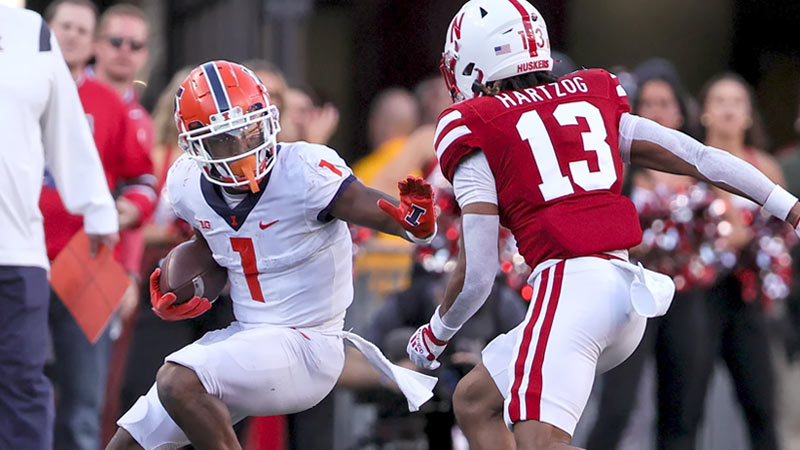
The number of players on a team roster in American football can vary depending on the level of play and the specific league or organization. Here are some general guidelines for different levels:
Professional Football (NFL)
In the National Football League (NFL), each team typically has a maximum roster size of 53 players during the regular season. On game days, only 46 of those players are designated as active and eligible to participate in the game.
College Football (NCAA)
College football teams often have larger rosters due to the larger pool of players and varying levels of competition. Roster sizes can vary significantly between different divisions and conferences.
Generally, FBS (Football Bowl Subdivision) teams may have around 85 scholarship players on their roster, while FCS (Football Championship Subdivision) teams might have slightly fewer.
High School Football
High school football team roster sizes can vary widely based on factors such as school size and program competitiveness. Rosters can range from around 30 to 100 players or more, depending on the school and region.
Youth and Amateur Leagues
In youth and amateur football leagues, roster sizes can also vary widely. They might be more flexible to accommodate different numbers of players based on local participation and team needs.
It’s important to note that the exact number of players on a roster can be influenced by league rules, financial considerations, player injuries, and other factors.
How Does Team Roster Work in Football?
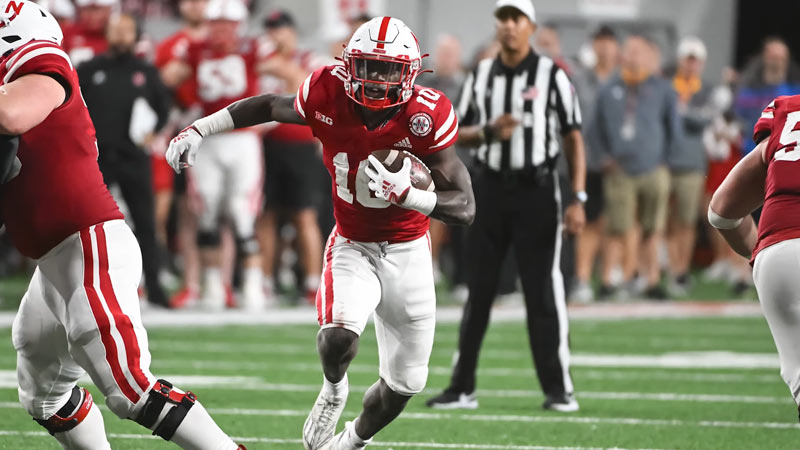
In American football, the team roster is a crucial aspect of the game’s organization and strategy. Here’s how team rosters work in American football:
Composition of the Roster
A team roster consists of a list of players who are officially part of the team for a particular season. The roster includes players of various positions, such as quarterbacks, running backs, wide receivers, offensive and defensive linemen, linebackers, cornerbacks, and safeties, among others.
Roster Limits
Each level of play, whether professional, college, or high school, has specific roster limits defined by the league or governing body. These limits determine the maximum number of players a team can have on their roster.
Positional Balance
Rosters are designed to maintain a balance of players across different positions to ensure that the team has the necessary depth and skills in each area of the game.
Active Roster
On game days, only a subset of the roster is designated as the “active roster.” These are the players who are eligible to participate in the upcoming game. The number of active players may be limited, and coaches strategically select the players who will contribute to that specific game.
Inactive
Players on the roster who are not designated as active for a particular game are considered “inactive.” They may not participate in the game but can still support the team from the sidelines.
Game-Day Decisions
Coaches make game-day decisions about which players to activate based on factors such as injuries, matchups against the opposing team, and the specific game plan.
Injured Reserve
If a player gets injured and is expected to be unable to play for a significant portion of the season, they may be placed on the injured reserve (IR) list. This frees up a roster spot while allowing the injured player to recover.
Practice Squad
In professional leagues like the NFL, teams have a practice squad that consists of additional players who practice and train with the team but are not part of the active roster. These players can be promoted to the active roster if needed.
Roster Changes
Throughout the season, teams can make changes to their roster due to injuries, trades, releases, and signings. These changes allow teams to adapt to evolving circumstances and maintain their competitiveness.
Jersey Numbers
Each player is assigned a unique jersey number based on their position and other factors. These numbers hold significance and help fans and coaches identify players on the field.
Waivers and Transactions
When a team releases a player, that player may go through a waiver process, where other teams have the opportunity to claim them. Teams can also make trades and sign free agents to adjust their roster.
Substitutions In The Context of Team Roster
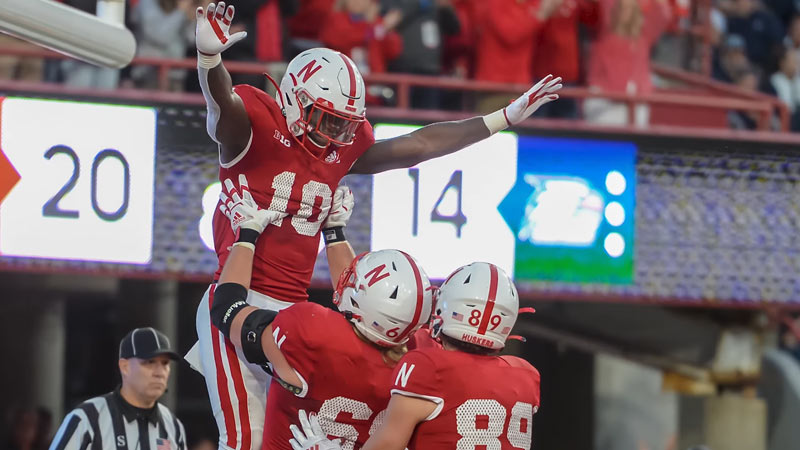
Substitutions in the context of a team roster in American football refer to the process of replacing players on the field with players from the same team who are on the sidelines.
Substitutions allow teams to manage player fatigue, adapt to different game situations, and utilize specialized skills for specific plays. Here’s how substitutions work:
Strategic Decision
Coaches make strategic decisions about when to substitute players based on the game plan, opponent’s tactics, and the current score. Substitutions are often planned in advance but can also be made on the fly to respond to changing circumstances.
Roles and Specializations
Different players have specialized roles and skill sets. For example, a team might substitute a running back for a wide receiver in certain situations to adjust to a passing play.
Rotations
Certain positions, like defensive linemen or running backs, might have rotations where multiple players take turns on the field. This helps keep players fresh and maximizes their effectiveness throughout the game.
Player Fatigue
Football is a physically demanding sport, and players can tire over the course of a game. Substitutions help prevent fatigue, which can lead to decreased performance and increased risk of injury.
Injury Management
If a player gets injured during a game, a substitution might be necessary to replace them with a healthy player. This maintains the team’s performance level despite the loss of the injured player.
Situational Substitutions
Coaches may make substitutions based on the specific situation. For example, a team might bring in an extra defensive back when the opponent is likely to pass the ball.
Special Teams
Substitutions are common in special teams units, which handle kicking, punting, and returning. Different players might be substituted for specific special teams plays.
Communication
Effective communication is crucial for substitutions. Coaches and players use signals and communication systems to ensure smooth substitutions without confusion or delays.
Limited Substitutions
In American football, there are limits to the number of times a team can substitute players during a single play. Substitutions are usually allowed only when the clock is stopped, such as after a play is completed, a timeout is called, or there’s a change of possession.
Two-Way Players
In some situations, players might play on both offense and defense, reducing the need for substitutions. This is more common in lower levels of play or in specific game scenarios.
Roster Depth
A well-constructed team roster with strong depth allows for effective substitutions without a significant drop in performance.
Impact of Substitution on Football
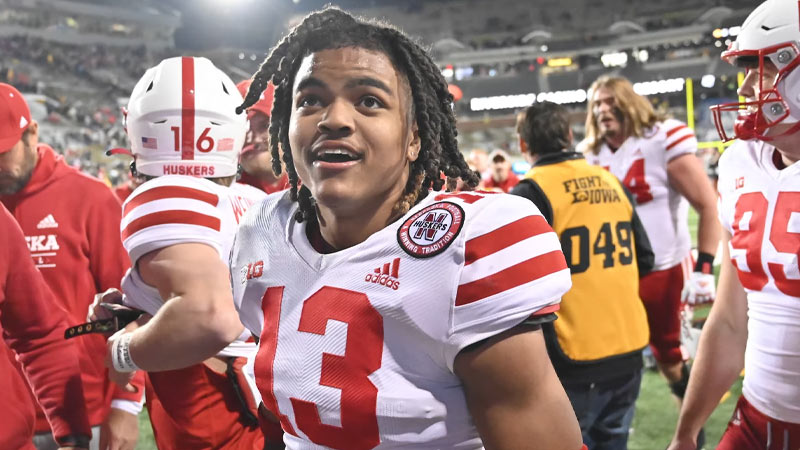
Substitutions have a significant impact on football, especially in the context of the team roster. They influence the game’s strategy, pace, and outcomes in various ways:
Strategic Flexibility
Substitutions provide coaches with the ability to adapt to changing game situations. They can adjust their lineup to exploit weaknesses in the opposing team’s defense or to counter specific offensive plays.
Player Fatigue Management
Football is a physically demanding sport, and players can tire as the game progresses. Substitutions help manage player fatigue, ensuring that the team maintains a high level of performance throughout the game.
Specialized Skill Deployment
Teams can utilize substitutions to employ players with specialized skills for particular situations. For instance, a team might substitute a larger, stronger player for short-yardage situations or a faster player for deep pass plays.
Injury Response
Substitutions allow teams to replace injured players promptly, minimizing the impact of injuries on the team’s overall performance.
Enhanced Performance
Fresh players can often perform at a higher level than fatigued ones. Substitutions enable teams to field players who are at their peak physical and mental condition.
Strategic Rest
Substitutions can strategically rest key players during less critical moments of the game, preserving their energy for crucial plays.
Special Teams Impact
Substitutions are frequent on special teams units (kicking, punting, returning), which can have a substantial influence on field position and scoring opportunities.
Opponent Confusion
Frequent substitutions can create confusion for the opposing team, as they need to quickly adjust their defensive or offensive strategies to account for new players with different skill sets.
Clock Management
Substitutions often occur during stoppages in play, providing teams with opportunities to manage the clock by running down the time before snapping the ball.
Depth Utilization
A deep and talented roster allows teams to rotate players without a significant drop in performance, increasing overall team effectiveness.
Strategic Timeouts
Coaches can use substitutions as part of their timeout strategy to regroup, discuss tactics, or disrupt the opposing team’s rhythm.
Game Pace and Momentum
Substitutions can influence the pace of the game, giving teams a chance to slow down or speed up the tempo. Additionally, well-timed substitutions can shift the momentum by injecting new energy or changing the dynamics on the field.
Development of Young Players
Substituting younger or less experienced players can provide them with valuable playing time, aiding their development and preparation for future roles.
Substitutions play a vital role in the intricate strategy of football. The decisions coaches make regarding when and who to substitute can directly impact the flow of the game, the utilization of player strengths, and ultimately, the team’s success on the field.
FAQs
What is a football team roster, and why is it important?
A football team roster is a comprehensive list of players officially affiliated with a team for a specific season. It includes players from various positions, each contributing their unique skills to the team’s success.
Rosters are crucial as they determine the active players on game days, facilitate strategic substitutions, and provide a framework for building team depth.
How does roster size vary across different levels of play?
Roster sizes differ depending on the level of play. In the NFL, professional football’s highest tier, teams have a maximum roster size of 53 players, with 46 active on game days.
College football teams have varying roster sizes, typically around 85 scholarship players for FBS teams, while high school and youth leagues can range from around 30 to over 100 players.
What are the roles of active and inactive players on game days?
On game days, a subset of the roster is designated as “active,” meaning they are eligible to participate in the upcoming match. The rest of the roster is “inactive” for that particular game. Coaches strategically select active players based on the game plan, opponent, and situational requirements.
How do injuries affect the roster?
Injured players who cannot participate for a significant portion of the season may be placed on the injured reserve (IR) list. This opens up a roster spot while allowing the injured player to recover. Injuries prompt teams to make substitutions and adjustments to maintain performance and team cohesion.
What is the significance of substitutions within the context of the roster?
Substitutions are a dynamic aspect of football strategy. They involve replacing players on the field with those on the sideline to manage fatigue, adapt to situations, and utilize specialized skills. Substitutions impact game flow, and player roles, and can be pivotal in shifting the momentum of a match.
Wrapping Up
As the heart and soul of a football team’s operational dynamics, the team roster rules define how a team is assembled, how it evolves, and how it navigates the challenges of each game.
The nuances of football team roster rules offer insights into the strategic complexity of the sport, revealing how coaching decisions, player management, and team performance intertwine to create the electrifying spectacle that is American football. Best of luck.

